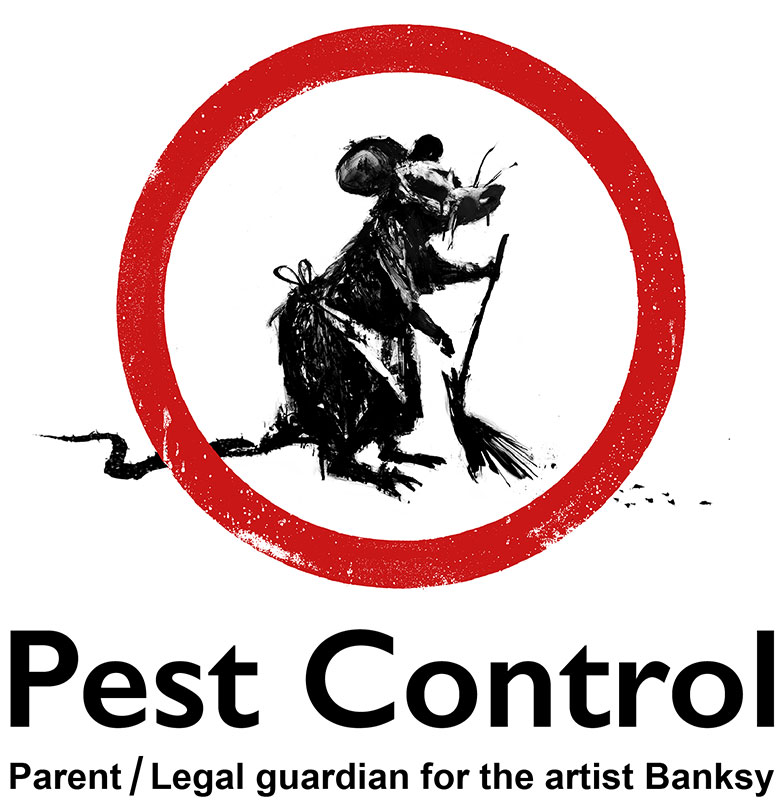Bed Bug Treatment Breakdown: Comparing Chemical Vs. Non-Chemical Solutions
In the world of parasite control, particularly when dealing with the relentless concern of bed pests, the option in between chemical and non-chemical therapy options can be a pivotal one. Both approaches use distinct advantages and drawbacks, affecting variables such as efficiency, safety factors to consider, and total cost. By checking out the nuanced information of each approach, a more clear understanding of which path to go after in addressing a bed insect problem can be attained.
Effectiveness of Chemical Treatments
Chemical treatments for bed insect invasions have been commonly acknowledged for their potent and quick efficacy in eliminating these parasites. When thinking about the efficiency of chemical therapies, it is critical to recognize that they can offer a fast and detailed option to a bed pest issue.
Furthermore, chemical treatments have the advantage of offering residual effects, implying that they can continue to remove bed pests also after the preliminary application. This residual activity is specifically valuable in combating any kind of prospective re-infestations. Furthermore, the fast activity of chemical therapies can bring relief to people facing extreme bed pest invasions, allowing them to restore control of their living areas quickly.
Safety Worries With Chemical Solutions
One vital facet that requires cautious factor to consider when using chemical options for bed pest therapy is making certain the security of residents and the setting. While chemical therapies can be effective in getting rid of bed pests, they may present threats if not managed properly. Among the primary security concerns with chemical solutions is the potential damage they can trigger to human health. Exposure to particular chemicals made use of in bed pest treatments can lead to respiratory issues, skin irritation, or various other negative responses, particularly in people with pre-existing conditions or sensitivities. Furthermore, inappropriate application or dosage of chemical pesticides can cause harmful deposits remaining in the treated area, posing long-term wellness risks to owners.
Furthermore, the ecological influence of chemical options is another considerable consideration. Some pesticides used in bed bug therapies may be damaging to helpful bugs, wildlife, and environments if they seep right into the dirt or water supply. It is crucial to make use of chemical treatments judiciously, adhering to safety and security guidelines, and considering much less harmful choices to minimize these threats and guarantee the secure and efficient administration of bed insect invasions.
Advantages of Non-Chemical Methods
Taking into consideration the prospective safety and security issues and ecological effect connected with chemical options for bed bug therapy, discovering non-chemical approaches offers a promising alternative with several unique advantages. Non-chemical therapies are ecologically friendly, as they do not add to air or water contamination, making them a lasting option for insect control.
In addition, non-chemical services can be reliable in targeting bed pests, consisting of hard-to-reach locations where chemical treatments might not penetrate - A1 bed bug treatment in charlotte. Methods such as heat therapy, vacuuming, steam cleansing, and mattress encasements provide comprehensive elimination without the use of dangerous chemicals.
Limitations of Non-Chemical Treatments

Additionally, non-chemical therapies frequently call for several applications to achieve effective obliteration. This can be lengthy and may not always assure total elimination of all bed insects and their eggs, especially in hidden or hard-to-reach places.
Additionally, the success of non-chemical treatments heavily relies upon proper application and thoroughness, which can be challenging for individuals without specialist know-how. Inadequate application of non-chemical approaches may cause insufficient obliteration, resulting in persistent invasions and the need for extra therapies.
As a result, while non-chemical therapies have their advantages, it is crucial to acknowledge these restrictions A1 pest control charlotte nc bed bugs and consider them when identifying the most effective technique for taking care of bed insect infestations.
Expense Contrast: Chemical Vs. Non-Chemical Options
Given the restrictions associated with non-chemical therapies, a vital facet to assess in the context of bed pest monitoring is the price contrast between chemical and non-chemical options. Chemical treatments usually include the application of insecticides by professionals, which can vary from $250 to $900 per area, depending on the seriousness of the invasion and the dimension of the location to be dealt with. In contrast, non-chemical treatments like warmth therapy or steam can be much more costly, with expenses ranging from $1,000 to $6,000 for an entire home. While the preliminary price of chemical therapies might appear lower, numerous therapies may be needed to completely get rid of the infestation, potentially raising the overall cost. On the other hand, non-chemical choices may offer an extra green and sustainable solution, although they can be cost-prohibitive for some people. Ultimately, when thinking about the expense of bed bug therapy options, it is necessary to evaluate the ahead of time costs against the effectiveness and lasting sustainability of the selected technique.
Conclusion

Considering the prospective safety and security worries and ecological effect associated with chemical services for bed pest therapy, exploring non-chemical approaches offers an appealing alternative with a number of distinct advantages.Offered the constraints connected with non-chemical therapies, a crucial aspect to review in the context of bed bug management is the expense comparison in between chemical and non-chemical options. In comparison, non-chemical treatments like warm treatment or heavy steam can be more pricey, with costs varying from $1,000 to $6,000 for a whole home. While the preliminary price of chemical treatments may seem lower, numerous therapies may be called for to fully get rid of the invasion, possibly enhancing the total cost.In final thought, when contrasting chemical and non-chemical bed pest therapy options, it is important to think about performance, safety, benefits, restrictions, and price.